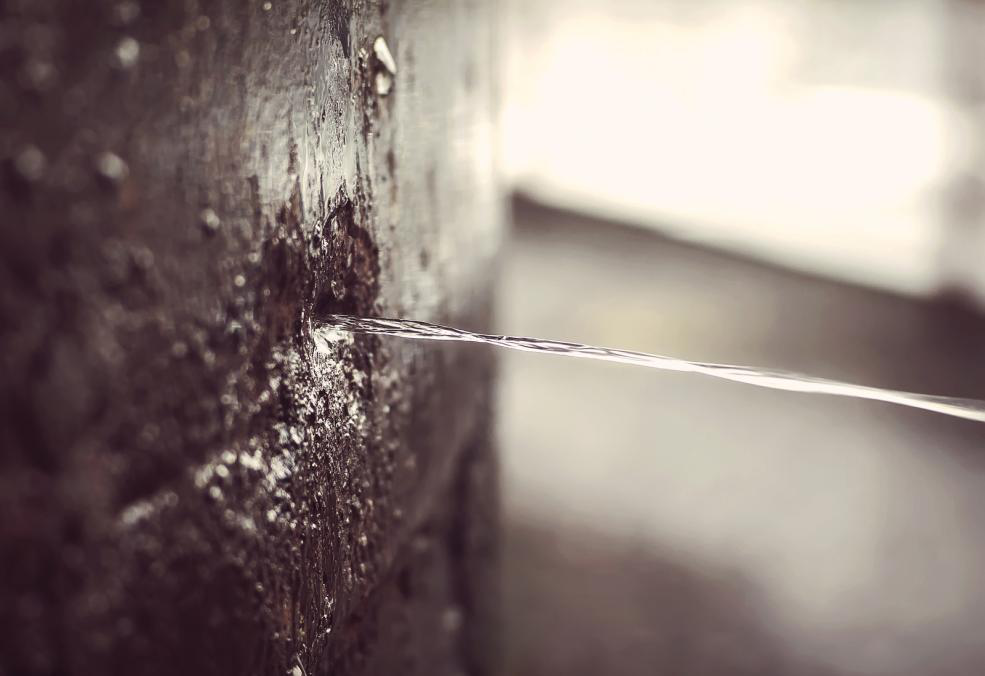6 Ways to Locate Concealed Water Leakages in Your House
6 Ways to Locate Concealed Water Leakages in Your House
Blog Article
Just how do you actually feel in regards to Leaking water lines?

Early discovery of leaking water lines can mitigate a potential catastrophe. Some small water leaks may not be visible.
1. Examine the Water Meter
Every residence has a water meter. Checking it is a surefire manner in which assists you find leaks. For starters, turn off all the water resources. Guarantee no one will flush, make use of the faucet, shower, run the cleaning machine or dishwashing machine. From there, go to the meter and also watch if it will alter. Given that no person is using it, there must be no motions. That shows a fast-moving leak if it moves. Similarly, if you detect no changes, wait a hr or more and check back again. This means you may have a slow-moving leakage that could also be below ground.
2. Check Water Usage
Evaluate your water expenses and also track your water consumption. As the one paying it, you should see if there are any kind of inconsistencies. If you identify sudden changes, despite your usage coinciding, it suggests that you have leaks in your plumbing system. Remember, your water expense should drop under the same array monthly. An abrupt spike in your costs suggests a fast-moving leak.
A consistent boost every month, also with the same practices, reveals you have a slow-moving leak that's additionally gradually intensifying. Call a plumber to thoroughly inspect your residential property, specifically if you feel a cozy area on your flooring with piping underneath.
3. Do a Food Coloring Test
When it involves water intake, 30% originates from bathrooms. Test to see if they are running effectively. Decrease specks of food shade in the container and also wait 10 mins. There's a leakage between the storage tank as well as bowl if the shade in some way infiltrates your bowl during that time without flushing.
4. Asses Outside Lines
Don't neglect to examine your outdoor water lines also. Ought to water permeate out of the link, you have a loosened rubber gasket. One little leakage can waste bunches of water and also increase your water expense.
5. Evaluate and Assess the Scenario
Home owners must make it a practice to inspect under the sink counters as well as even inside cupboards for any type of bad odor or mold and mildew growth. These 2 red flags indicate a leakage so prompt focus is required. Doing regular inspections, also bi-annually, can save you from a major trouble.
Much more importantly, if you know your house is already old, maintain a watchful eye on your heaters, tubes, pipes etc. Look for discolorations as well as damaging as the majority of pipes and also devices have a life expectancy. They will certainly additionally normally degrade as a result of tear as well as wear. Do not wait for it to escalate if you believe dripping water lines in your plumbing system. Call an expert plumber right away so you don't wind up with a terrible mess in your house.
Early discovery of dripping water lines can minimize a prospective calamity. Some little water leaks might not be visible. Checking it is a guaranteed way that aids you uncover leaks. One small leak can waste heaps of water and also increase your water bill.
If you presume dripping water lines in your plumbing system, don't wait for it to escalate.
WARNING SIGNS OF WATER LEAKAGE BEHIND THE WALL
PERSISTENT MUSTY ODORS
As water slowly drips from a leaky pipe inside the wall, flooring and sheetrock stay damp and develop an odor similar to wet cardboard. It generates a musty smell that can help you find hidden leaks.
MOLD IN UNUSUAL AREAS
Mold usually grows in wet areas like kitchens, baths and laundry rooms. If you spot the stuff on walls or baseboards in other rooms of the house, it’s a good indicator of undetected water leaks.
STAINS THAT GROW
When mold thrives around a leaky pipe, it sometimes takes hold on the inside surface of the affected wall. A growing stain on otherwise clean sheetrock is often your sign of a hidden plumbing problem.
PEELING OR BUBBLING WALLPAPER / PAINT
This clue is easy to miss in rooms that don’t get much use. When you see wallpaper separating along seams or paint bubbling or flaking off the wall, blame sheetrock that stays wet because of an undetected leak.
BUCKLED CEILINGS AND STAINED FLOORS
If ceilings or floors in bathrooms, kitchens or laundry areas develop structural problems, don’t rule out constant damp inside the walls. Wet sheetrock can affect adjacent framing, flooring and ceilings.
https://www.servicemasterbyzaba.com/blog/how-to-detect-water-leakage-in-walls/

Hopefully you liked our part about Hacks to detect leaks. Thank you for taking a few minutes to browse our post. Make sure you take a moment to distribute this blog entry if you liked it. Many thanks for taking the time to read it.
Report this page